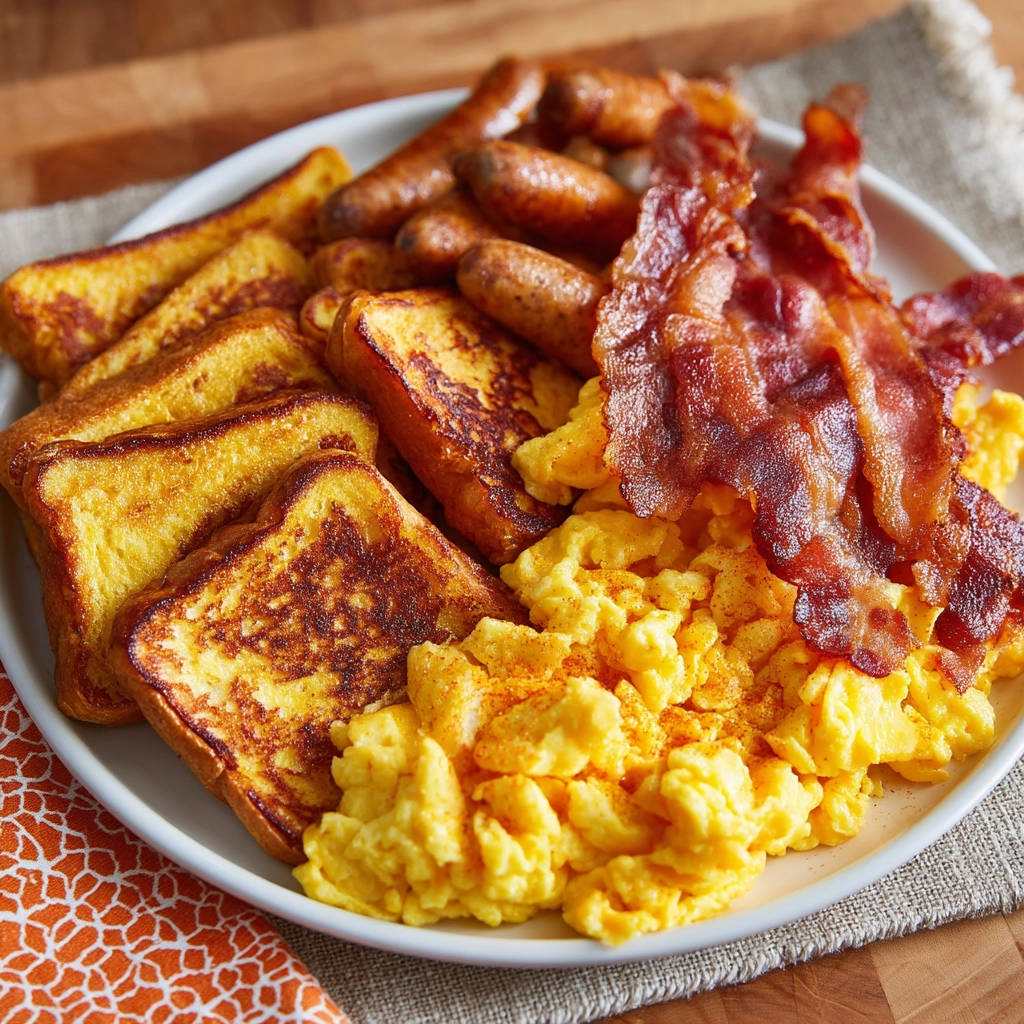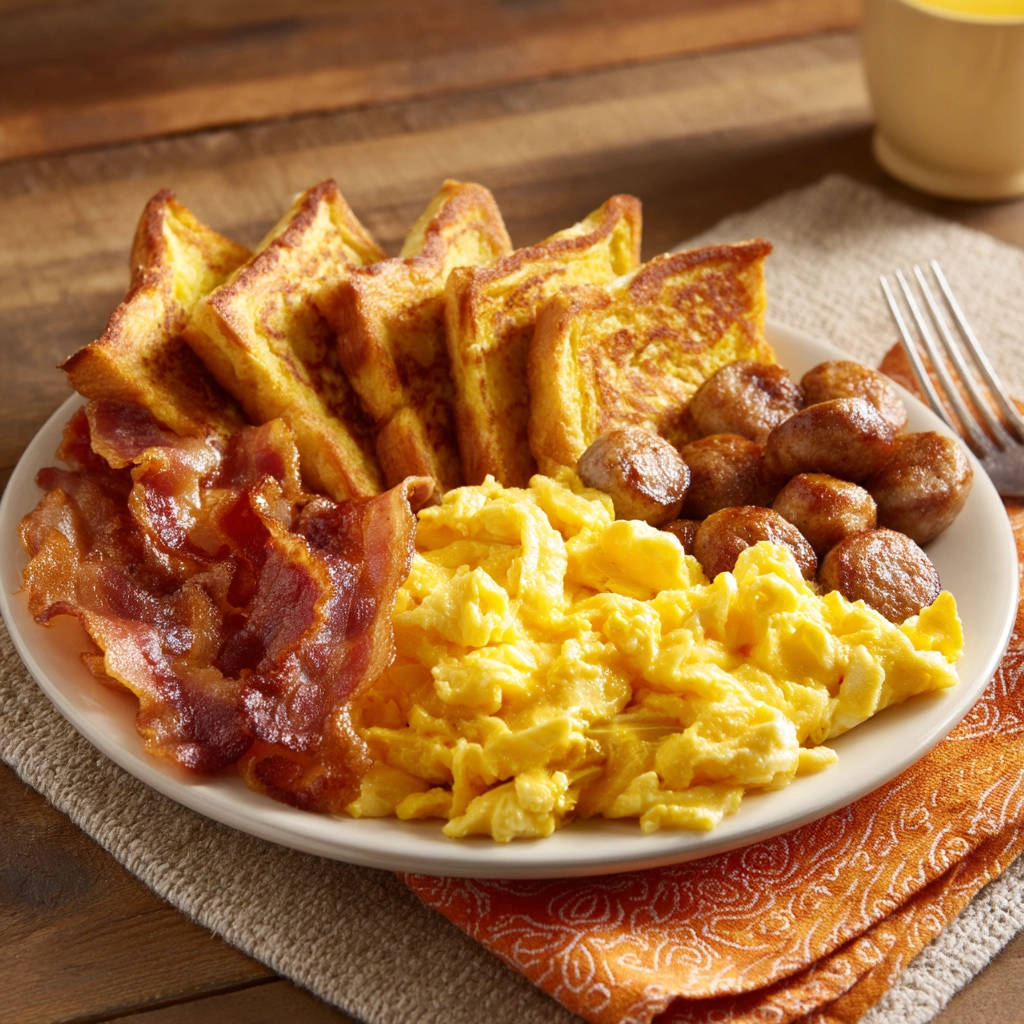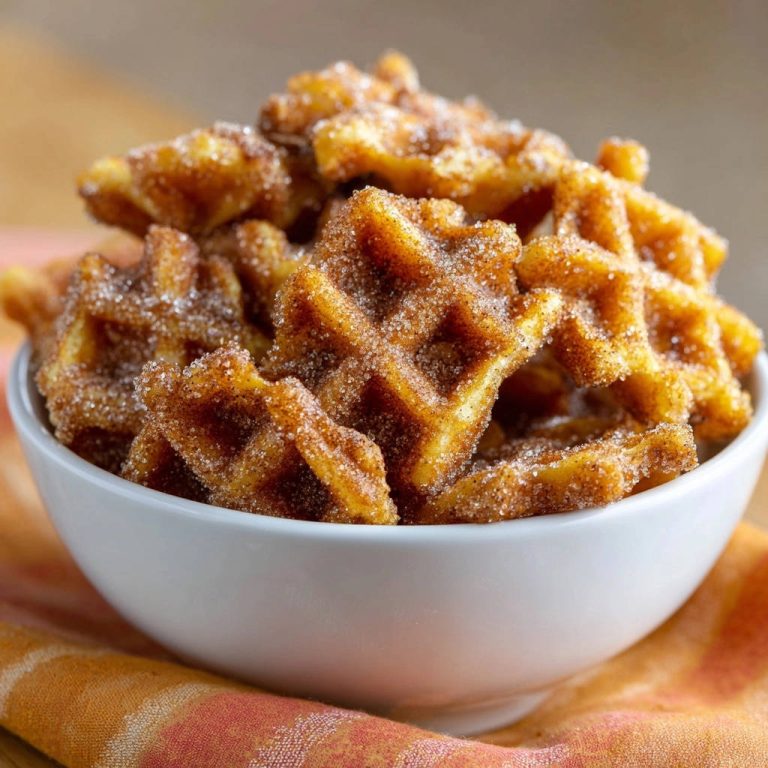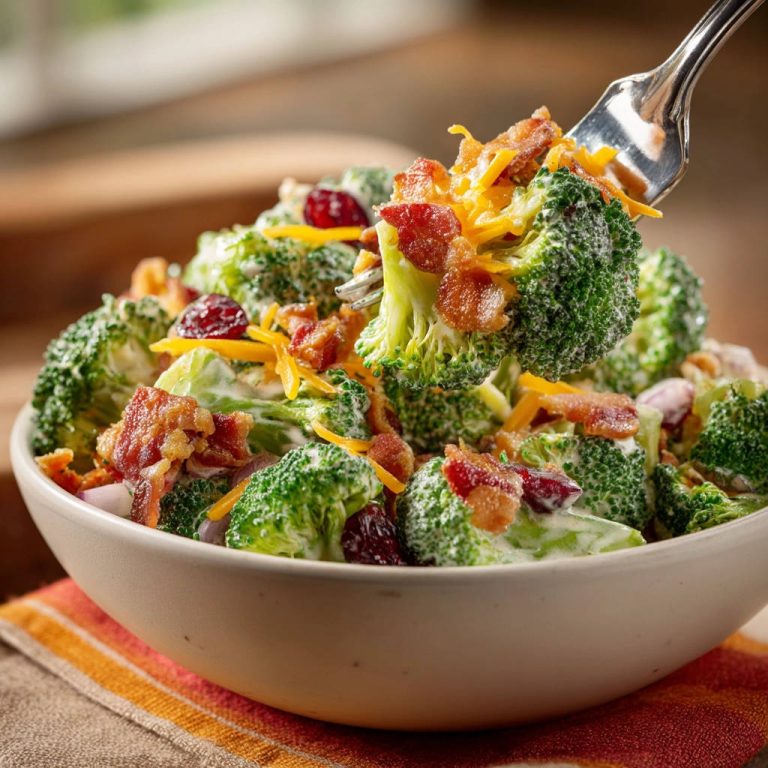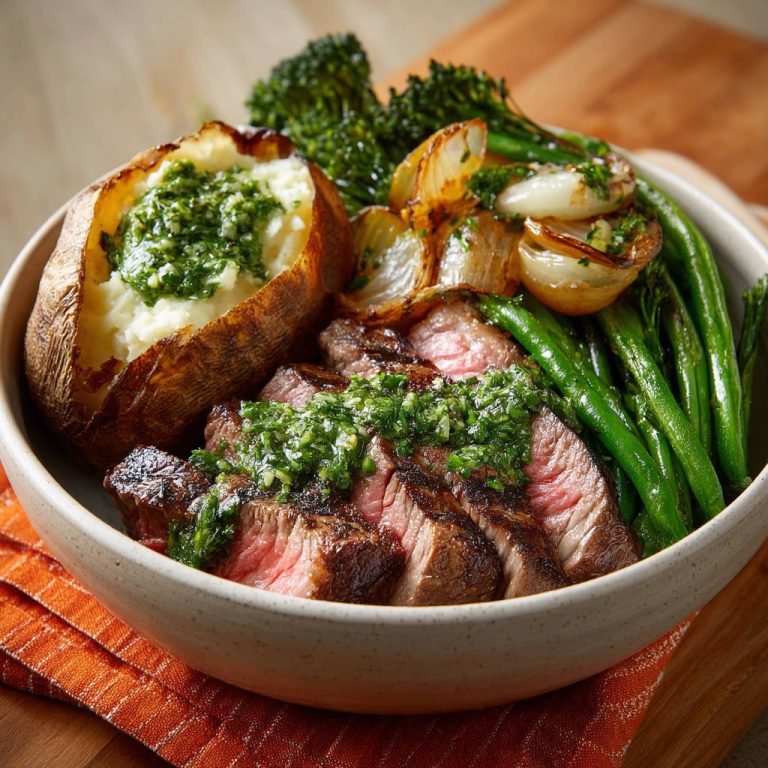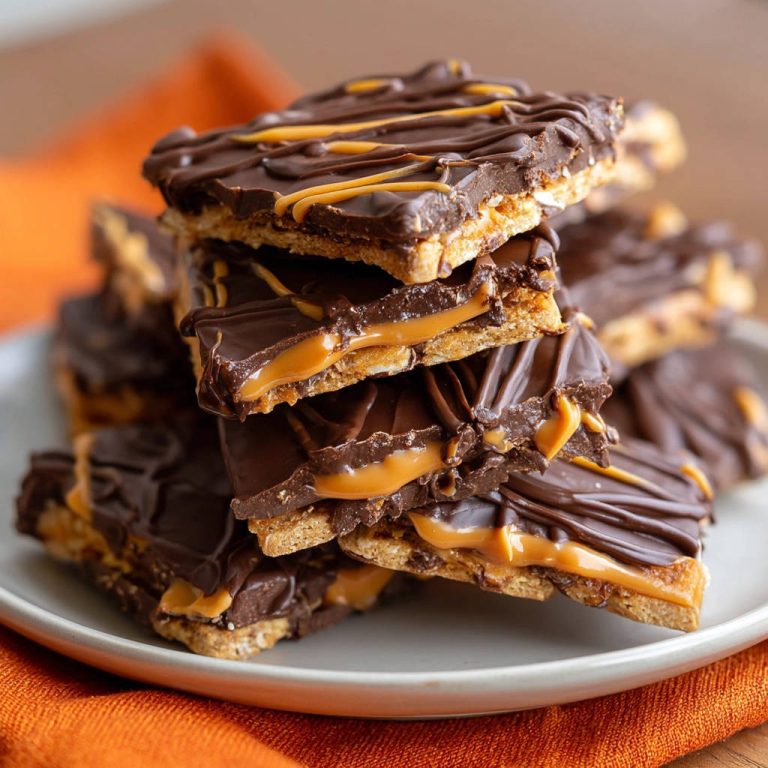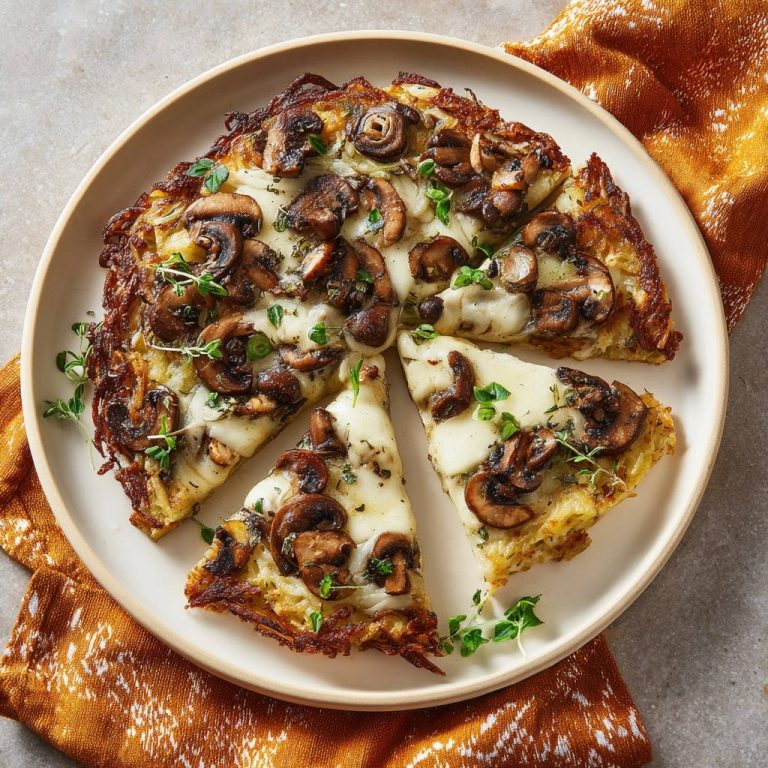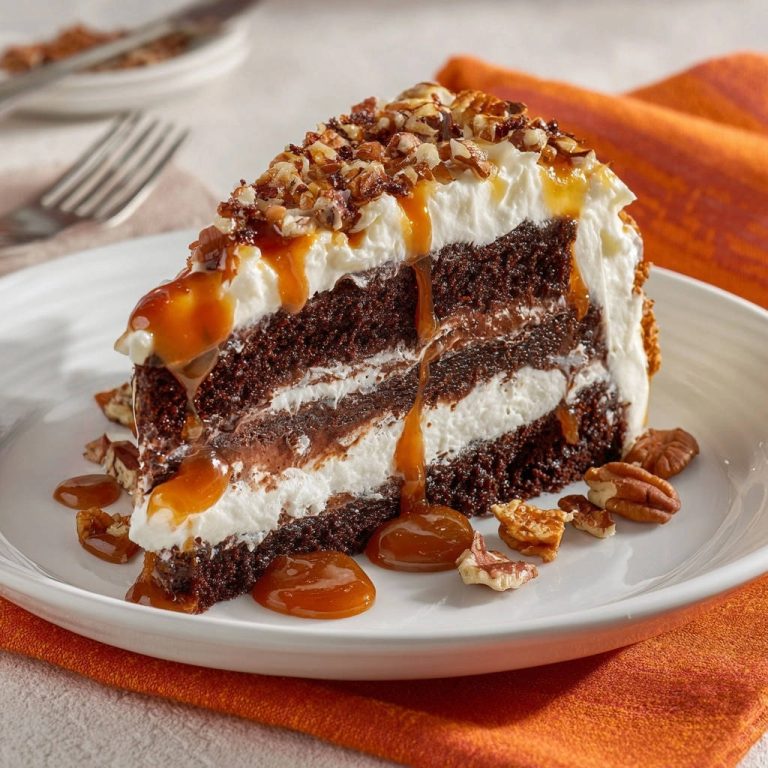Oh, scrambled eggs! The cornerstone of countless breakfasts, brunches, and even quick weeknight dinners. We’ve all been there, right? Standing over the stove, spatula in hand, hoping for that beautiful, soft, almost-custardy texture, only to end up with something sadly dry, rubbery, and utterly disappointing. It’s a common kitchen woe, one that plagued me for years.
But what if I told you there’s a simple, almost foolproof method to achieve those dreamily light and fluffy scrambled eggs every single time? No fancy equipment, no bizarre ingredients – just a little technique tweak that makes all the difference. Once I discovered this secret, my quest for the perfect fluffy scrambled eggs was finally over. This isn’t just a recipe; it’s a revelation that will upgrade your breakfast game forever. Let’s dive in and unlock the secret to eggs that are guaranteed fluffy!
Why You’ll Love This Fluffy Scrambled Eggs Recipe
Beyond just avoiding rubbery eggs, there are so many reasons this particular method for making scrambled eggs will become your go-to:
- Guaranteed Fluffiness: This technique focuses on the core principle that keeps eggs tender and soft. Say goodbye to dry, tough curds.
- Incredible Creamy Texture: The low and slow cooking process, combined with a touch of dairy, results in a luxuriously creamy mouthfeel.
- Simple Ingredients: You likely have everything you need in your kitchen right now!
- Quick & Easy: Despite the emphasis on low heat, the total time from start to plate is still under 15 minutes.
- Versatile: Fluffy scrambled eggs are the perfect base for endless additions and the ideal companion to so many breakfast and brunch favorites.
This recipe isn’t about overcomplicating things; it’s about understanding the science just enough to treat the delicate egg proteins with the respect they deserve.
Gathering Your Ingredients for the Ultimate Fluffy Scrambled Eggs
Making incredible scrambled eggs doesn’t require a pantry full of exotic items. The magic truly lies in the technique and the quality of these humble ingredients. Here’s what you’ll need, and a little bit about why each component plays its part in creating breakfast perfection.
- Eggs: You’ll need 4 large eggs for this recipe, which serves two people generously. Fresh eggs are always best for flavor, but standard large eggs from your grocery store will work beautifully. Eggs are the star, of course, providing the protein structure that forms the curds.
- Milk or Half-and-Half: A quarter cup of dairy adds richness and moisture. Milk (whole milk is recommended for a richer result, but 2% works too) or half-and-half both work wonderfully. Half-and-half will yield an even creamier result. The fat in the dairy helps tenderize the eggs, preventing them from becoming tough.
- Butter: Two tablespoons of unsalted butter provides the necessary fat to cook the eggs without sticking and adds a lovely, rich flavor. Using butter over oil contributes to that classic breakfast taste and helps achieve that smooth, soft texture.
- Salt: Salt is crucial for enhancing the flavor of the eggs. Add it right before cooking, as adding it too early can sometimes affect the texture of the eggs by drawing out moisture. Season to taste, but don’t be shy!
- Black Pepper: Freshly ground black pepper adds a nice counterpoint to the richness of the eggs and dairy. Again, add this just before or during cooking.
- Paprika (Optional): A tiny pinch of paprika sprinkled on top after cooking doesn’t change the flavor significantly in this small amount, but it adds a beautiful pop of color, making your plate look even more appealing.
That’s it! Simple, right? The real secret, as you’ll soon see, isn’t in adding cream cheese, sour cream, or a hundred other things (though those can be tasty variations sometimes!). It’s all in how you handle these basic building blocks.
Crafting Your Amazing Fluffy Scrambled Eggs: Step-by-Step Perfection
Ready to transform your egg-cooking experience? This method is about patience and gentle handling. Follow these steps precisely, and you’ll be rewarded with the fluffiest, most tender scrambled eggs you’ve ever made at home.
-
Prepare the Egg Mixture: Crack your four large eggs into a medium-sized bowl. Add the 1/4 cup of milk or half-and-half. Now, here’s a key point from the source recipe: whisk them together until they are just combined. You want the yolks and whites mostly integrated with the dairy, but don’t go crazy over-whisking, incorporating too much air at this stage isn’t necessary and can sometimes lead to a less cohesive curd. Season this mixture with salt and pepper now.
-
Set Up Your Pan on Low Heat: Melt the 2 tablespoons of butter in a nonstick skillet. The nonstick surface is helpful here to prevent sticking with the low heat method. Place your skillet over low heat. This is arguably the single most important step mentioned in the original instructions. Low heat is the secret weapon against rubbery eggs because it prevents the egg proteins from seizing up too quickly and tightly, which is what causes toughness.
-
Introduce the Eggs and Let Them Start to Set: Once the butter is melted and coats the pan (it shouldn’t be sizzling violently because your heat is low!), pour the egg mixture into the skillet. Now, resist the urge to scramble immediately! Let the eggs sit undisturbed for about 30 to 60 seconds. You’ll notice the edges just starting to set into a very delicate, thin layer. This initial brief sit time helps create a foundation for the gentle cooking process.
-
Begin the Gentle Push and Fold: Using a heat-resistant spatula (silicone or rubber is ideal as it’s gentle on the nonstick surface and the eggs), gently push the cooked edges of the egg towards the center of the pan. As you do this, tilt the pan slightly to allow the still-liquid, uncooked egg mixture to flow underneath the cooked portions. Continue this gentle pushing and folding motion slowly around the pan. You’re not stirring or scrambling vigorously; you’re encouraging the egg to cook evenly and form those desired soft curds.
-
Continue Cooking Slowly: Keep repeating the gentle pushing and folding motion on that consistent low heat. This is where patience pays off. The eggs will cook gradually, thickening and forming larger, soft curds as you work the spatula through them. Do not be tempted to turn up the heat! Rushing this process will negate the low-heat advantage and can lead to tough eggs. The slower cook time ensures the proteins remain tender.
-
Cook to the Perfect Consistency: Continue cooking and folding until the eggs are mostly set but still look slightly wet and glossy. There should be no visible pools of raw egg, but they shouldn’t look dry or matte either. This stage is absolutely crucial for achieving maximum fluffiness and creaminess. As soon as they reach this point, remove the skillet from the heat immediately.
-
Finish and Serve: The eggs will continue to cook slightly from the residual heat of the pan, finishing perfectly off the stove. If you’re using paprika, sprinkle a pinch over the top for that touch of color. Serve your amazing fluffy scrambled eggs immediately while they are warm and at their peak texture!
Practice makes perfect, but with this method, you’ll likely nail it on your first try. The key is truly that low heat and the gentle, continuous folding motion.
Tips and Variations for Fluffy Scrambled Eggs
While the basic recipe is perfect as is, a few tips can elevate your scrambled egg game even further, and some simple variations can keep things interesting!
- The Right Pan: A good quality nonstick skillet is highly recommended for this recipe. It makes the gentle folding much easier and minimizes the risk of sticking, especially with low heat.
- Temperature is Key: We can’t stress this enough – low heat is the non-negotiable secret. Medium or high heat will cook the eggs too fast, resulting in toughness.
- Don’t Overcook: Removing the eggs when they are still slightly wet is vital. They will firm up just a bit more off the heat. It’s better to undercook slightly than to overcook.
- Freshness Matters: While not strictly required, using the freshest eggs available can sometimes contribute to a slightly richer flavor and better texture.
- Add-ins: Want to add cheese? Stir in grated cheese (like cheddar, Gruyere, or Monterey Jack) during the last minute of cooking, just as the eggs are finishing, allowing it to melt into the warm curds. Chopped fresh herbs (chives, parsley, dill) can be folded in right at the end or sprinkled on top for a burst of freshness. Cooked vegetables (like sautéed mushrooms, onions, or spinach) should be cooked separately and gently folded in during the final stages.
- Spice it Up: A dash of hot sauce or a sprinkle of red pepper flakes can add a nice kick if you like a little heat.
- Dairy Alternatives: While milk or half-and-half provides the best texture due to fat content, you can experiment with dairy-free alternatives like unsweetened almond milk or oat milk, though the richness might be slightly different. For ultimate richness, some people use a splash of heavy cream.
- Seasoning Timing: As mentioned, salt is best added just before cooking to avoid potential texture issues. Pepper can be added with the salt or at the end.
What to Serve With Your Perfect Scrambled Eggs
Now that you’ve mastered the art of fluffy scrambled eggs, what should you serve alongside them? They are the perfect canvas for building a delicious breakfast or brunch spread! Here are a few ideas:
- Classic accompaniments like crispy bacon or breakfast sausage. If you’re a fan of hearty sides, our Sausage and Potato Hash makes a fantastic pairing.
- Toast is a must-have! Serve with buttered toast, maybe some avocado toast, or take it up a notch with our Avocado Toast with Egg and Bacon for a complete meal.
- For a special occasion brunch, fluffy scrambled eggs are amazing with lighter sides like fresh fruit, a simple salad, or even alongside something sweet like our Baked Berry French Toast Casserole.
- Don’t forget the potatoes! Simple pan-fried potatoes are easy to make and always a crowd-pleaser.
- For a slightly different but equally delicious breakfast protein, consider trying our Cheesy Baked Egg Frittata on another day.
The beauty of perfect scrambled eggs is how well they complement almost anything you put on the plate.
Your Fluffy Scrambled Eggs Questions Answered (FAQ)
Let’s tackle some common questions folks have when aiming for egg perfection.
Why are my scrambled eggs always rubbery?
The most common culprit for rubbery scrambled eggs is cooking them too fast over too high heat. High heat causes the egg proteins to contract rapidly and squeeze out moisture, leading to a dry, tough texture. Our recipe’s emphasis on low heat is the direct solution to this problem.
Do I really need to use milk or half-and-half? Can I use water instead?
While you technically can make scrambled eggs with just eggs and water, the results won’t be as rich, creamy, or fluffy. The fat and proteins in the milk or half-and-half contribute significantly to the tender texture and luxurious mouthfeel we’re aiming for. Water can make them slightly lighter, but often at the expense of creaminess.
How much should I whisk the eggs?
The recipe specifies “just combined.” This means whisking enough to break up the yolks and whites and integrate them with the dairy and seasonings, but not so much that you create a lot of foam or air bubbles. Over-whisking isn’t helpful for this particular style of soft, fluffy curds.
What kind of pan is best for scrambled eggs?
A good nonstick skillet is highly recommended. It allows you to use less fat and makes it much easier to perform the gentle pushing and folding technique without the eggs sticking to the bottom of the pan.
How can I reheat scrambled eggs?
Reheating scrambled eggs can be tricky, as they often lose their fluffy texture and can become rubbery. The best way to reheat is gently in a nonstick skillet over very low heat, stirring frequently, or in the microwave on a very low power setting, stirring every 15-20 seconds, just until warmed through. However, they are always best enjoyed fresh!
Can I make a larger batch?
Yes, you can scale this recipe up. However, be mindful not to overcrowd the pan. It’s often better to cook larger batches in two separate rounds if necessary to ensure even cooking and proper curd formation. Use a larger skillet if doubling or tripling the recipe.
What’s the difference between fluffy and creamy scrambled eggs?
Often, these terms are used interchangeably because the techniques that produce one also produce the other. Fluffy eggs have a light, airy structure with soft curds, while creamy eggs have a rich, moist texture. This recipe delivers both – light, soft curds that are also wonderfully moist and tender inside.
Enjoy Your Homemade Fluffy Scrambled Eggs!
See? Achieving perfect, fluffy scrambled eggs really isn’t complicated. It just requires a slight shift in approach – embracing the low heat and gentle cooking process. Once you make them this way, you’ll never go back to dried-out, rubbery eggs again!
Whip up a batch this weekend and treat yourself to a truly amazing breakfast. Don’t forget to pair them with your favorite sides – maybe some golden brown toast and savory bacon. We hope you love this recipe as much as we do! Give it a try and let us know in the comments below how your fluffy scrambled eggs turned out. Happy cooking!
Fluffy Scrambled Eggs
Ingredients
- 4 large eggs
- 1/4 cup milk or half-and-half
- 2 tablespoons butter
- Salt to taste
- Black pepper to taste
- Pinch of paprika (optional, for color)
Directions
- In a medium bowl, whisk together the eggs and milk or half-and-half until just combined. Avoid over-whisking. Season with salt and pepper.
- Melt the butter in a nonstick skillet over low heat. This low heat is the secret to preventing rubbery eggs.
- Pour the egg mixture into the skillet. Let the eggs sit undisturbed for about 30-60 seconds around the edges to allow them to just begin to set.
- Using a spatula, gently push the cooked edges toward the center of the pan, allowing the uncooked egg to flow underneath. Continue this gentle pushing and folding motion slowly.
- Continue cooking and gently stirring/folding on low heat. Do not rush this process. The eggs will cook slowly into large, soft curds.
- Cook until the eggs are mostly set but still look slightly wet. This is crucial for maximum fluffiness. Remove from heat immediately. The residual heat will continue to cook them slightly.
- Sprinkle with paprika if using. Serve immediately alongside your favorite breakfast sides like French toast, sausage, and bacon.

